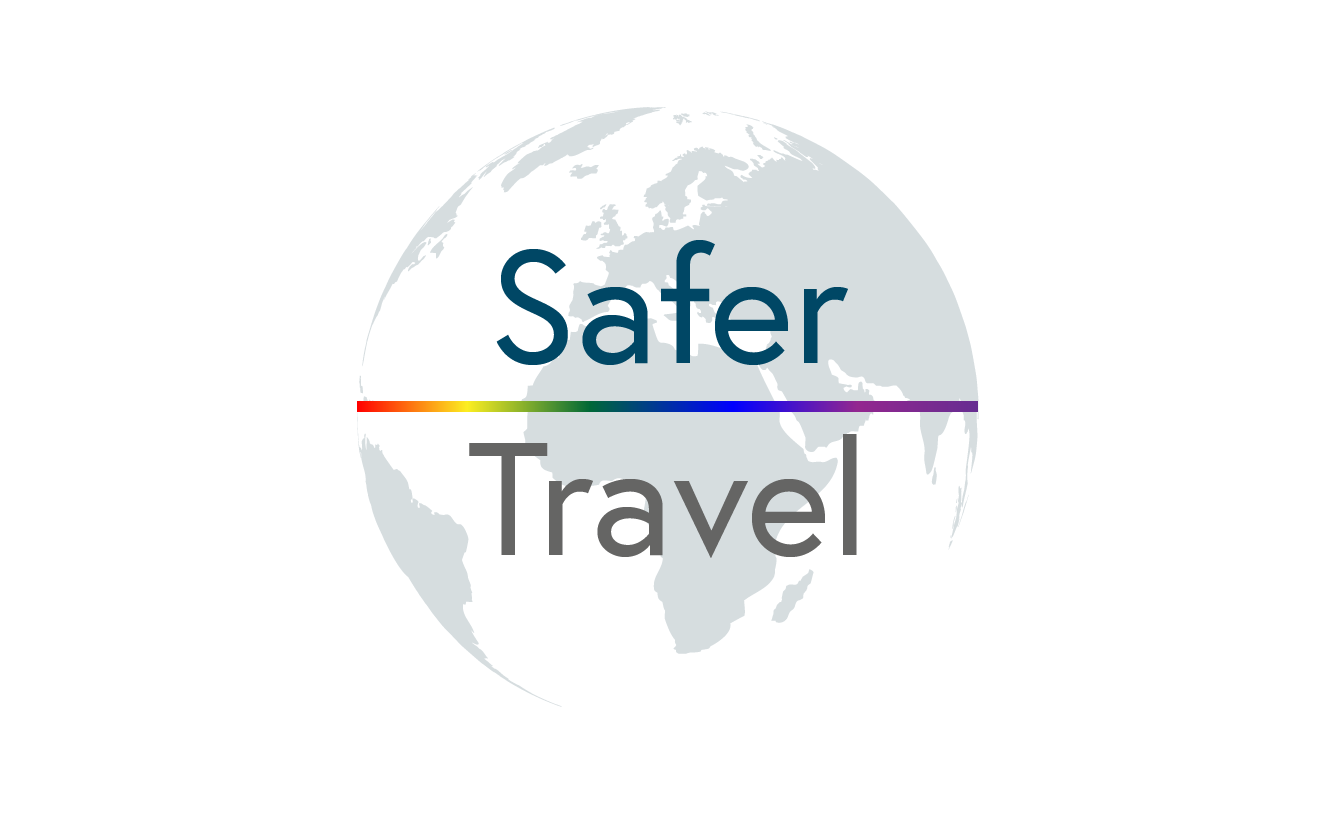Valencia
The port city of Valencia lies on the southeastern coast of Spain, where the Turia River meets the Mediterranean Sea. Valencia is best known for its paella, great beaches and its fantastic City of Arts and Sciences, with futuristic structures dotted amongst the city which contrasts beautifully with the rich historic architecture.

Details
Before visiting any town or city make sure you know the basics. General details and important information.
- Emergency Services: 112
- Language: Spanish
- Currency: Euro
- Country Code: es
- Travel Visa: None required
- Population: 2,531,000
Risk Level
Researching various official sources, we perceive the risk to holiday makers and travellers are as follows;
Travellers Tips
Top travel advice and interesting tip bits of information from experienced travellers.
Emergencies
For the Emergency services just dial 112 from any phone. The responder will speak multiple languages.
Hospitals
Click on the hospital to visit their website.
Tourist Offices
Click on the tourist office to visit their website.
Tourist Info Valencia – Airport
Tourist Info Valencia – Ayuntamiento
Travelling Around
A stroll through Valencia’s city streets is one of the best ways to explore, given its size, great climate and relatively flat terrain. However, if you’re travelling from one part of the city to another, it’s advisable to make use of the extensive public transportation network, particularly if you’re short of time.
Airports
Train Stations
Estació del Nord
The North Station is the main railway station in Valencia, Spain. It is located in the city centre next to the Plaza de Toros de Valencia, the city’s bullring, and 200m from the town hall.
Valencia Safety
What are the local customs and traditions?
Language and Dialect
“Con permiso?” should be used to say “excuse me” when you need to pass someone. “mucho gusto” – nice to meet you. If you do not understand something – always use “Mande?”, instead of “Que?”
Greetings
Female friends kiss one another and men on both cheeks (starting with the left), whereas men shake hands and close friends embrace.
Smoking
It is illegal to smoke in public places and to possess or take drugs. Anyone under 18 will be viewed as a minor and if apprehended may be held in custody until a guardian comes forward. Although teenagers are well accommodated in Spain with many parks, discos (without alcohol), free sports and crafts activities. They enjoy socialising and enjoying the outdoor lifestyle.
La Siesta
The afternoon nap is one of the most extended customs of Spain and it is well known by visitors. It was originally thought by doctors to rest after each 6 hour period, this was better for the body to function correctly, it is also to rest for the hottest period each day.
How can I stay safe in Valencia?
Avoid walking alone
Avoid walking alone after dark for a long period of time – stay in well lit areas with other people.
Split your cash
Don’t carry all of your money in one place – use a bum-bag and leave some in a locker at your accommodation.
Plan your route
Planning your route and being confident in where you’re heading will minimise the risk of ending up in a dangerous neighbourhood and keep you out of trouble. If driving, research the area where you decide to park your car and make sure you hide all of your valuables and tourist guides in either the glove box or the boot of the car to avoid a break-in
How do I keep up with the news?
What are the common scams?
ATM Skimming
– Always shield the keypad when entering your pin number.
– Use ATM’s in controlled environments (e.g. banks)
– Set up SMS or email notification when a transaction is processed on your card.
– Use a separate bank account when travelling and change your pin when you return.
Pickpocketing
– Carry a photocopy of your passport
– Put your wallet or purse in front pocket, small valuables in a small hidden money belt and large items in an anti-theft bag
– Travel Insurance is key. Get a good one that covers theft
Restaurant Menu
You go to a restaurant in a touristy area of Spain hoping to have a delicious and authentic experience. A host gets your attention and you ask to see a menu. When they realise you speak English, they will give you an English menu which appears to be a nice gesture. However, some will charge you a tourist price by having higher prices on the English menu. If your food appears to be too expensive – ask to see the original menu for comparison.
Improve Your Personal Safety
Knowledge – the more you have the better equipped you are.
Awareness – the more you see the safer you become.
Response – the right reaction can change a situation.
Annual Events
Annual events allow a city come together for some amazing experiences. If visiting at this time, make sure you have your accommodation booked and are always aware of your surroundings when travelling around.
Events
Each year in March, Valencia celebrates Fiesta de San José (Feast Day of Saint Joseph) with a colourful display of creative installations called falllas, large floats which feature figures made of papier mâché. These creations are set up throughout the city and burned at midnight in a large display on the final day of the fiesta.
La Tomatina Festival
A food fight festival. Thousands upon thousands of people make their way from all corners of the world to fight in the World’s Biggest Food Fight.
Fiesta de San Vicente Ferrer
A local saint known for his religious miracles, the event honours his life with shows and performances along the decorated streets of the Old Quarter. The festival is held around June.
Festival Internacional de Pirotecnia
A magnificent International Fireworks Festival, a spectacle and sight not to be missed, with fantastic fireworks played out with dramatic music the even proves to be amazing. The event is held in October of year year.
Semana Santa Marinera
A national holiday and holy week, festivities and celebrations on the lead up to Easter, processions and parades as well as stalls selling traditional foods and dishes.
Valencia Highlights
When is best to travel to Valencia?
Valencia has a subtropical climate as part of the Mediterranean, this means warm summers and mild winters. Most tourists choose to visit during the summer months.
Where can I find great art?
Fine Arts Museum of Valencia (San Pio V)
This fine arts museum’s collection contains different artworks from the Romanic period until the Renaissance.
Museu de Belles Arts de València
This museum was founded in 1913. It is home to some 2,000 works, most dating from the 14th–17th centuries, including a Self portrait of Diego Velázquez
Institut Valencià d’Art Modern
Contemporary art venue in a modern building, with cafe, restaurant & shop.
What are the highlight attractions?
Ciudad de las Artes y las Ciencias
Here, you can experience a cutting-edge world of arts and science, surrounded by the modern architectural complex on the outskirts of Valencia. n a two-kilometre space along the Turia River, the complex includes several stunning examples of avant-garde architecture designed by architects Santiago Calatrava and Félix Candela.
Plaza de la Virgen
Plaza de la Virgen is part of the cathedral quarter situated in the heart of the city, a great place to start for most of the historical sights and a nice area to sit, relax and enjoy the local culture.
The Royal Marina and Valencia’s beaches
The Royal Marina and Valencia’s beaches are a beautiful and popular part of the city, its very easy to spend the whole day walking the marina and relaxing on the beaches. Good area to enjoy your visit with relaxed tempo.

